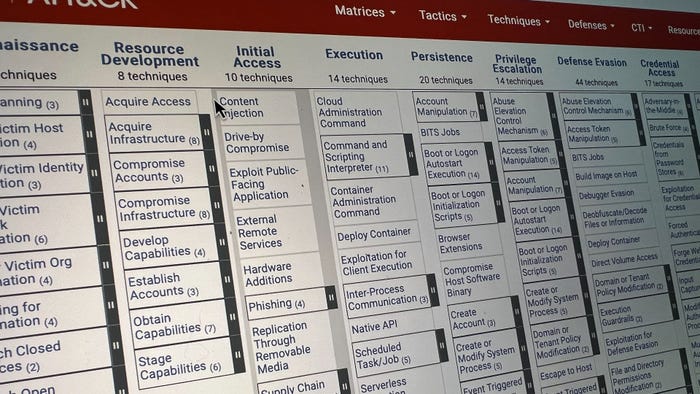New Portal Offers Decryption Tools For Some Ransomware VictimsNew Portal Offers Decryption Tools For Some Ransomware Victims
Nomoreransom.org, a joint initiative between Europol, the Dutch National Police, Kaspersky Lab and Intel Security, offers help in getting encrypted data back.
July 25, 2016

Victims of crypto ransomware now have an online portal they can turn to for help in trying to recover encrypted data.
Kaspersky Lab in collaboration with Europol, the Dutch National Police and Intel Security have launched www.nomoreransom.org a site that currently provides decryption tools for four ransomware families and will soon feature tools for several more.
The site provides users will general information on ransomware, how such malware works and how to mitigate exposure to the threat. It also provides an option where victims can upload two encrypted files to the site to help identify the ransomware on their systems and to see if any of the available tools can help decrypt the data.
Ryan Naraine, director of the global research and analysis team at Kaspersky Lab US, says the impetus for the initiative stems from the rapidly growing scope of the ransomware threat.
“It’s no secret that ransomware, which encrypts data on users’ systems and then demands a ransom, has become a huge problem over the last few years,” Naraine says. “It has become so widespread that it could easily be called an epidemic,” he says pointing to the sharp increase in the number of ransomware victims over the past year, from 131,000 in 2014-2015 to 718,000 over the past year.
Police and security researchers alone cannot fight the threat, Naraine says. Disrupting ransomware campaigns involves a coordinated effort between multiple stakeholders. “Responsibility for the fight against ransomware is shared between the police, the justice department, Europol and IT security companies,” he says.
Nomoreransom.org currently offers tools for decrypting data encrypted by the CoinVault, Rannoh, Rakhni and Shade crypto ransomware families. Victims of these malware samples and others like Autoit, Pletor, Rotor, Lamer and Lortok can use the tools to try and get their locked data back without having to pay any ransom for it.
The decryptor for Shade is the newest of the lot and was developed in June 2016 after a command and control server containing decryption keys for the ransomware was seized by law enforcement. The tool is designed to help users roll back the strong 256-bit AES encryption used by Shade to lockup user files.
The decryption tools currently available on nomoreransom.org are just the beginning, Kaspersky Lab and the other founders of the initiative said in a joint statement. Over the next few months expect the initiative to be expanded with participation from many more organizations and law enforcement agencies around the world.
“This collaboration goes beyond intelligence sharing, consumer education, and takedowns to actually help repair the damage inflicted upon victims,” said Raj Samani, chief technology officer of Intel Security’s Europe, Middle East and Asia regions. “By restoring access to their systems, we empower users by showing them they can take action and avoid rewarding criminals with a ransom payment.”
The nomoreransom.org initiative is another indication of the level of concern caused by the spread of ransomware over the past year. In addition to individual Internet users, many of the cyber extortion attacks have targeted organizations as well, including those in the healthcare and government sectors.
The crypto protocols used to encrypt data in many of these attacks have been so strong and sophisticated that victims have had little option but to pay the demanded ransom to get their data back.
Security researchers and law enforcement authorities have warned against the trend and said that paying ransoms only encourages more attacks. But so far, few have offered victims any actual help in getting their encrypted data back.
Nomoreransom.org is the first initiative to attempt to do that and could well prove a turning point in the fight against the ransomware epidemic.
Related content:
About the Author
You May Also Like




